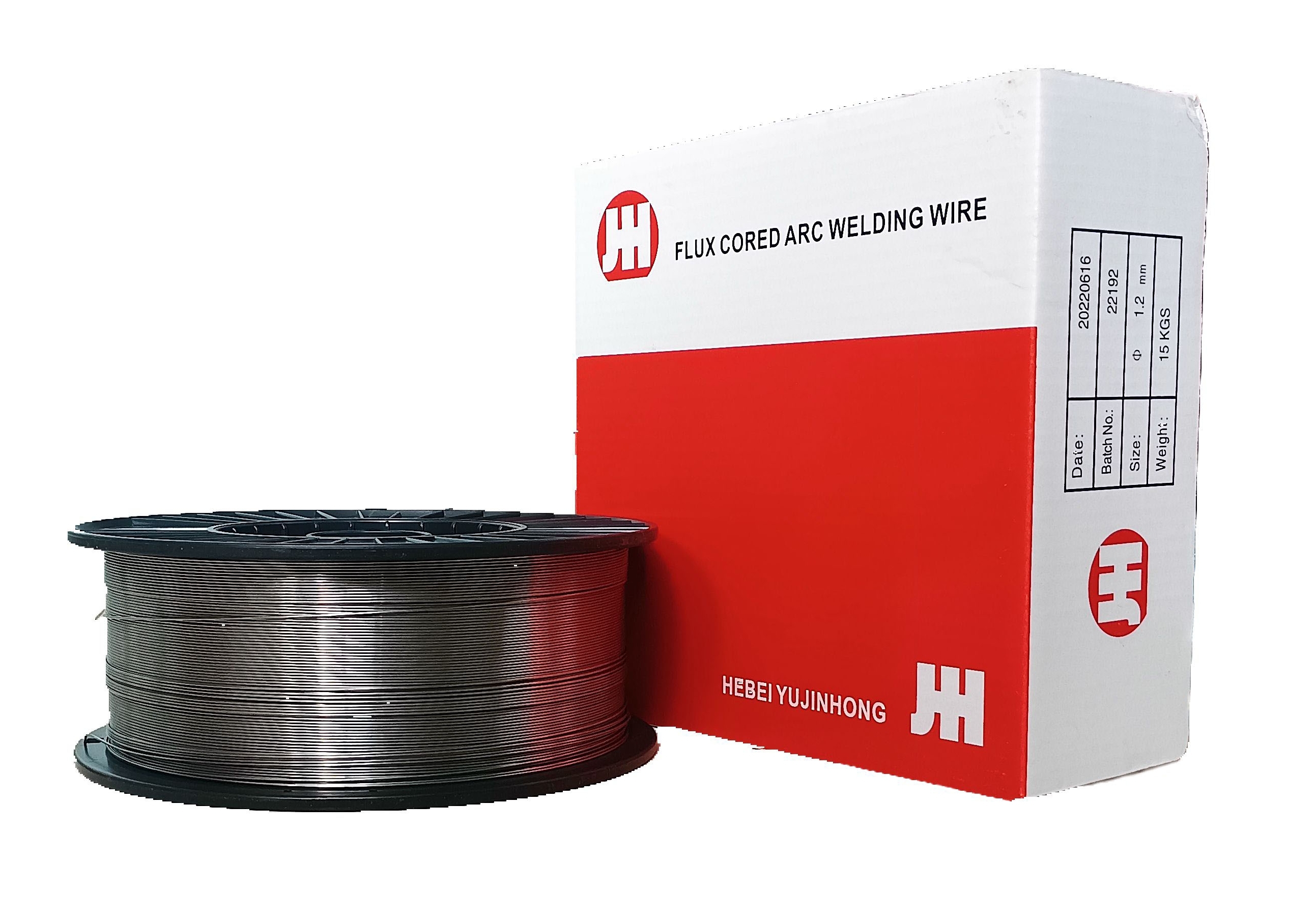Choosing the Right TIG and MIG Welding Wires for Your Projects
Understanding TIG and MIG Welding Wires
Welding is an essential process in various industries, from manufacturing to construction. Two of the most common welding techniques are Tungsten Inert Gas (TIG) welding and Metal Inert Gas (MIG) welding. Both methods have their unique applications and advantages, and a key component of both processes is the welding wire used. This article will delve into TIG and MIG welding wires, their properties, and their appropriate applications.
TIG Welding Wire
TIG welding, also known as Gas Tungsten Arc Welding (GTAW), involves the use of a non-consumable tungsten electrode that produces the weld. This technique requires a filler material, which is often in the form of a solid rod or wire. The TIG welding wire must have specific characteristics to ensure a high-quality weld.
TIG welding wires are generally made from materials such as stainless steel, aluminum, copper, or nickel alloys, chosen based on the properties required in the final product. The diameter of the wire typically ranges from 0.020 inches to 0.187 inches, depending on the application. One of the primary advantages of TIG welding is its precision and control over the welding process, making it suitable for applications requiring high weld quality, such as aerospace and automotive industries.
Moreover, TIG welding produces less spatter compared to MIG welding, resulting in cleaner welds. However, the process is generally slower and requires a higher level of skill from the welder. The choice of TIG wire plays a crucial role in achieving the desired mechanical properties and appearance in the finished weld.
MIG Welding Wire
tig mig welding wire

MIG welding, or Gas Metal Arc Welding (GMAW), utilizes a continuously fed wire electrode that also acts as the filler material. This technique is favored for its speed and ease of use, making it an excellent choice for applications like structural steel welding and fabrication. The MIG welding wire is typically available in a range of materials, including solid wires made from carbon steel, stainless steel, and aluminum, or flux-cored wires.
MIG welding wires come in various diameters, usually ranging from 0.023 inches to 0.045 inches. The wire is often coated with a layer of deoxidizers and other elements that enhance the welding process, providing a clean, strong weld. One of the main advantages of MIG welding wires is that they allow for a faster welding speed, making them ideal for projects with tight deadlines or larger scale fabrications.
Comparing TIG and MIG Welding Wires
When determining which welding wire to use, it is essential to consider the specific requirements of your project. TIG welding wires are generally best suited for thin materials or intricate welds where precision is paramount. The ability to control the heat input and the quality of the weld bead makes TIG a preferred choice for applications such as pipe welding, art projects, and situations requiring minimal distortion.
On the other hand, MIG welding wires are beneficial for thicker materials and larger projects due to their higher deposition rates and efficiency. The ease of use of MIG welding makes it more suitable for less experienced welders or situations where speed is essential.
Conclusion
Both TIG and MIG welding processes have distinct advantages, and the choice of welding wire significantly impacts the quality of the weld produced. Understanding the properties and applications of TIG and MIG welding wires allows welders to make informed decisions based on the project's requirements. Whether it’s the precision of TIG welding or the speed of MIG welding, selecting the appropriate welding wire is crucial in achieving strong, reliable, and aesthetically pleasing welds. By considering the factors mentioned, professionals can optimize their welding processes and ensure the success of their projects.
-
Best MIG Welding No Gas Flux Core Solution – Easy, Portable & Clean WeldingNewsJul.08,2025
-
7018 Welding Rod 3/16 - High Strength, Low Hydrogen Electrodes Wholesale 3/32 Welding Rod 7018 Suppliers & China 7018 AC Welding Rod FactoryNewsJul.08,2025
-
High Quality MIG Aluminium Welding Wire - Wholesale Factory Prices from China SuppliersNewsJul.07,2025
-
High-Quality Gasless Aluminum Welding Wire China Gasless Aluminum MIG Wire SupplierNewsJul.07,2025
-
High Quality Ordinary Welding Rod for Pipes – Reliable China Welding Rod 7016 SupplierNewsJul.06,2025
-
Welding Wire 0.9 mm ER70S-6 Supplier Wholesale Manufacturers & FactoriesNewsJul.06,2025


